Understanding the Importance of Pipe Products in Modern Infrastructure Development
The development of modern infrastructure relies heavily on a fundamental yet often overlooked component: pipe products. These essential materials serve as the backbone of various systems, including water supply, sewage management, and energy distribution. Understanding the importance of pipe products is crucial not only for engineers and architects but also for city planners and policymakers who seek to ensure sustainable development.
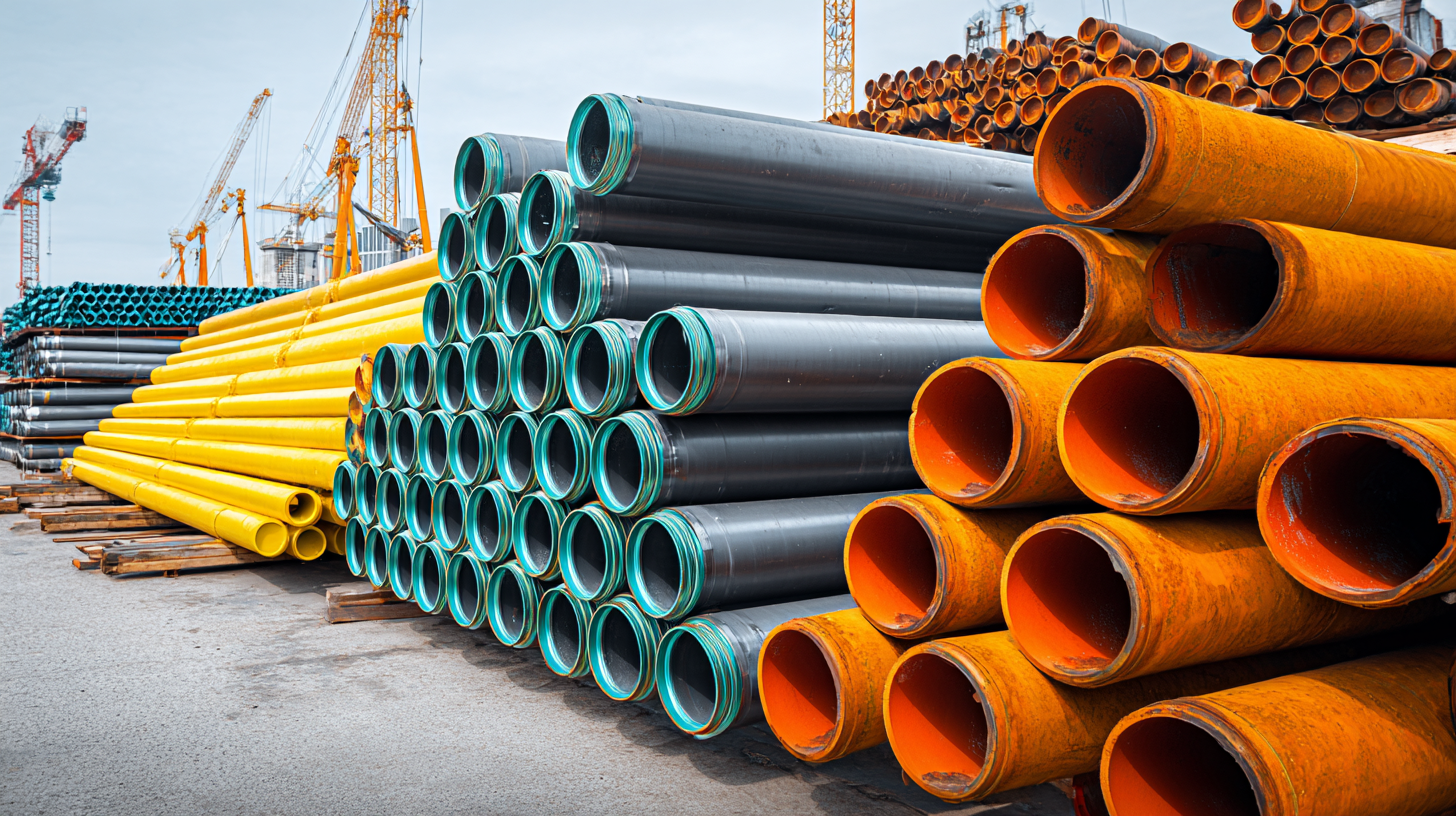
In this guide, we will explore how to effectively select, install, and maintain pipe products in infrastructure projects. From the selection of materials that ensure durability and efficiency to installation techniques that promote longevity, a comprehensive understanding of these elements will enhance the efficacy of infrastructure development. Ultimately, the conscientious use of pipe products contributes significantly to the resilience and functionality of modern urban environments, underscoring their vital role in supporting the needs of growing populations.
The Role of Pipe Products in Sustainable Infrastructure Growth
The role of pipe products in sustainable infrastructure growth cannot be overstated, as they are essential components in various applications ranging from water supply systems to sewage management. Among these, HDPE (High-Density Polyethylene) pipes are gaining significant traction due to their durability, flexibility, and resistance to corrosion. As urban areas expand and the demand for reliable infrastructure increases, the HDPE pipes market is projected to reach USD 25.68 billion by 2029. This growth signifies not just an economic opportunity but also an essential shift towards more sustainable building practices.
Moreover, the use of pipe products like HDPE is instrumental in ensuring environmental sustainability. Their lightweight nature reduces transportation costs and energy consumption, while their long lifespan minimizes the need for replacements, thus lessening material waste over time. As infrastructure development seeks to align with sustainable practices, the adaptability and efficiency of pipe products make them integral to creating resilient systems that can withstand the challenges posed by climate change and increasing population pressures. Investing in these advanced pipe technologies is not just beneficial for businesses; it also contributes to more sustainable and eco-friendly infrastructure development in our communities.
Types of Pipe Materials and Their Applications in Modern Projects
In modern infrastructure projects, the selection of pipe materials is crucial for ensuring durability, efficiency, and sustainability. Commonly used pipe materials include PVC, HDPE, ductile iron, and copper, each serving distinct applications. For instance,
PVC (polyvinyl chloride) is widely adopted for water supply and drainage systems due to its corrosion resistance and low weight. Its easy installation makes it a favorite among contractors, especially in residential and commercial buildings.
On the other hand,
HDPE (high-density polyethylene) is renowned for its flexibility and resistance to environmental stress, making it ideal for underground utility lines and gas pipelines. Ductile iron pipes are favored in municipal water and sewage systems because of their strength and ability to withstand high pressures. Lastly, copper pipes remain a standard choice for plumbing and heating systems, thanks to their reliability and antimicrobial properties. Each of these materials plays a vital role in modern infrastructure, impacting not only the construction process but also the long-term performance of the systems in place.
Key Innovations in Pipe Technologies Driving Infrastructure Efficiency
The integration of innovative pipe technologies is crucial for enhancing infrastructure efficiency in modern development. As the architecture of cities evolves, so too must the systems that support them, including pipelines that transport essential resources like water, gas, and waste. Recent advancements in materials, such as high-density polyethylene (HDPE) and ductile iron, have led to increased durability and reduced maintenance costs, positioning these materials as reliable choices for urban infrastructure. A report from the American Society of Civil Engineers highlights that over 240,000 water main breaks occur annually in the U.S. alone, emphasizing the need for resilient pipe systems that can withstand the rigors of modern demands.
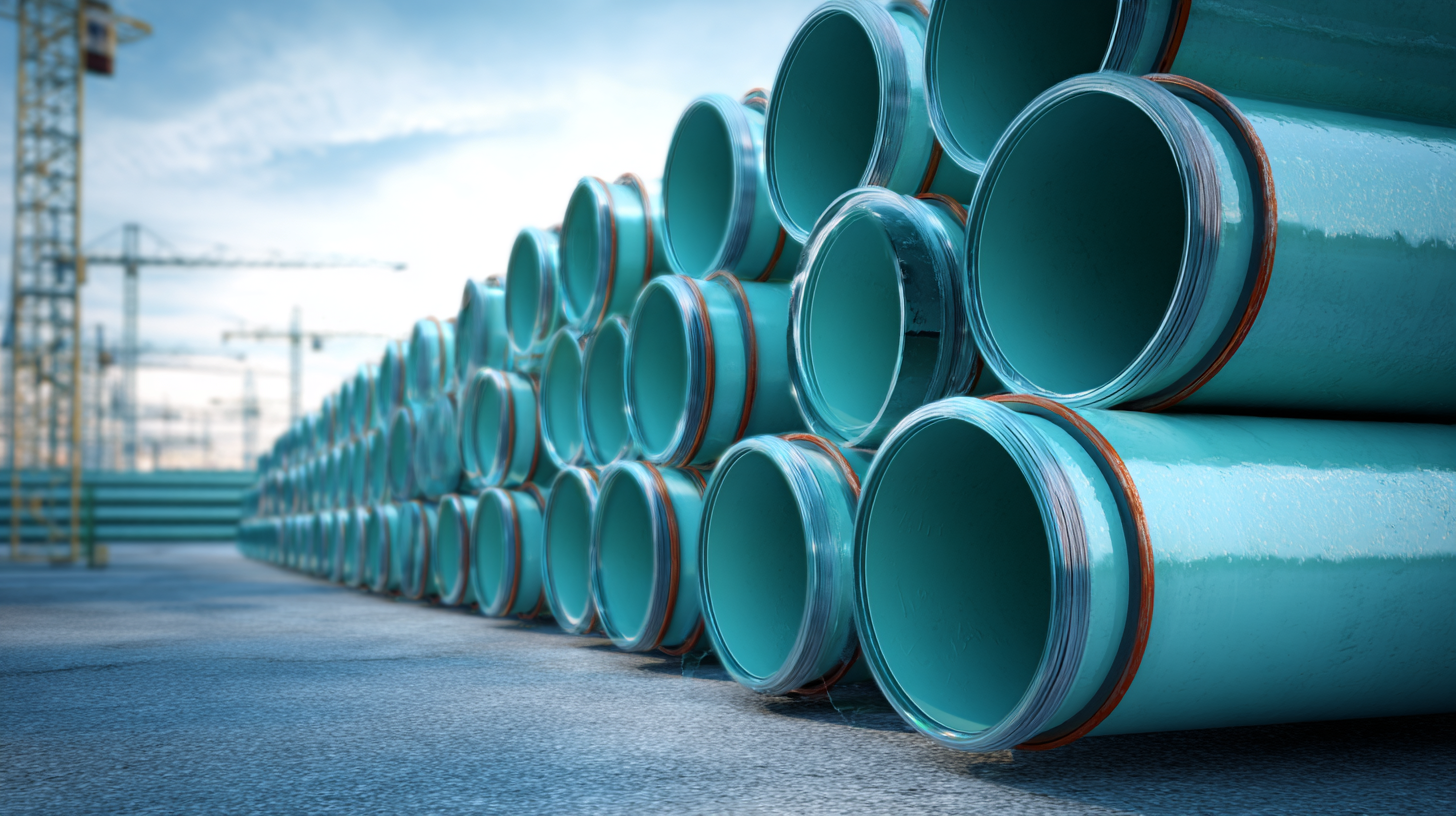
Moreover, the shift towards digital transformation within the construction sector has introduced new methodologies for managing underground infrastructure. The adoption of AI-powered solutions allows for real-time monitoring and predictive maintenance of pipeline systems, significantly limiting downtime and associated costs. Incorporating advanced data analytics not only streamlines operations but also enhances safety protocols. These innovations are vital in maintaining the integrity of the extensive networks that underpin vital city functions, as noted in recent industry assessments that project a 15% increase in infrastructure spending over the next five years, largely driven by technological advancements in pipe products and associated systems.
Challenges in Choosing the Right Pipe Products for Development Projects
Choosing the right pipe products for development projects is a critical yet challenging task for engineers and project managers. The decision involves understanding not only the physical requirements of the project but also the compliance with industry standards and regulations. According to a report by the American Society of Civil Engineers (ASCE), infrastructure issues have cost the United States over $2 trillion, highlighting the importance of selecting durable and efficient pipe solutions that can withstand various environmental conditions.
A significant challenge is the vast array of materials available, such as PVC, HDPE, and ductile iron, each with its own set of advantages and limitations. For instance, a study by the Plastic Pipe and Fittings Association (PPFA) indicates that PVC pipes offer cost efficiency and corrosion resistance, making them ideal for water distribution systems. However, in high-pressure applications, ductile iron pipes are favored due to their strength and reliability, as highlighted in the research by the American Water Works Association (AWWA). This complexity necessitates a thorough analysis of the project’s specific needs, site conditions, and long-term operational considerations to ensure the right choice of pipe products.

Future Trends in Pipe Product Design for Urban Infrastructure Needs
The increasing demand for urban infrastructure is driving significant innovations in pipe product design. As cities evolve into smart environments, products must integrate advanced technologies to support enhanced functionality and efficiency. Emerging trends include the development of materials that promote sustainability and resilience, aligning with urban goals for environmental stewardship. For instance, PVC pipes are being optimized not only for durability but also for their role in reducing resource consumption during installation and throughout their lifecycle.
In addition, the HVAC system market is experiencing substantial growth, with projections showing a rise from $51.61 billion in 2025 to $75.75 billion by 2032. This growth reflects an increasing focus on energy-efficient solutions and smart management systems within buildings. A pivotal aspect of this evolution is the integration of pipe systems that are adaptable to smart technologies, allowing for real-time monitoring and enhanced operational performance. As urban areas prioritize efficient governance and service delivery through digital infrastructure, the innovation in pipe product design will continue to be crucial in meeting the complexities of modern urban needs.
Related Posts
-

The Future of Exterior Design: Why Composite Cladding is Revolutionizing Building Aesthetics
-
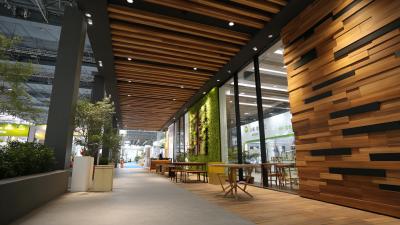
Innovative Composite Wall Cladding Solutions at the 2025 China Import and Export Fair
-

Revolutionizing Construction: The Rise of Composite Cladding Panels in Modern Architecture
-

Exploring the Benefits of Composite Windows and Doors: The Future of Sustainable Home Design
-
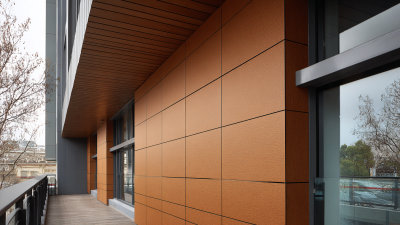
Transform Your Space with Innovative Wall Composite Cladding Solutions
-
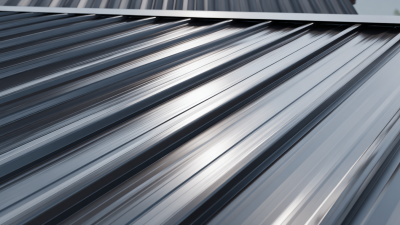
10 Essential Facts About Cladding Sheet You Need to Know